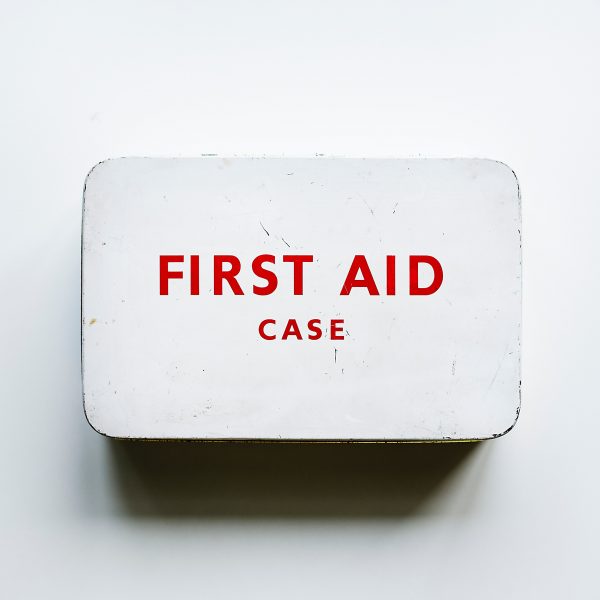WorkSafe VIC develops guidance note for cots and change tables

The Early Learning Association of Australia (ELAA) have confirmed that their involvement to help develop a Guidance Note to help address the risk of injury Early Childhood Education and Care (ECEC) workers face when bending, reaching or twisting to lift a child onto and off change tables and into high chairs and cots has been published by WorkSafe Victoria.
The Guidance Note called ‘Lifting children in and out of cots and highchairs and helping them on and off change tables’ contains important information that all employers need to consider to ensure that they meet their obligations under the Occupational Health and Safety Act 2004 to provide and maintain a working environment that is safe and without risks to health.
In addition, it highlights that the Occupational Health and Safety Regulations 2017 (OHS Regulations) contain further duties of care related to elimination and control of risks associated with hazardous manual handling and musculoskeletal disorders (MSDs).
This set of regulations is particularly relevant to the ECEC sector as the handling of children whether it be lifting, carrying and or moving would be considered hazardous manual handling and can put ECEC workers at risk.
The guidance note highlights four actions that can be taken by employers to reduce the risk of MSD’s for their team members:
- your workplace must have adequate room and facilities for educators to safely perform their tasks
- educators are using the correct equipment
- safe systems of work, processes and procedures have been documented and are in place
- educators receive appropriate information, instruction, training or supervision so they fully understand the safest ways to lift and lower children
The importance of working with team members to ensure general awareness of the risks, that the processes meet the needs of team members and any risk controls that are put in place do not create new risks is also highlighted.
Guidance provided for cots, highchairs and change tables lifting, bending and moving
As well as providing a basic outline of how risks can be mitigated the Guidance note also contains useful detail as to how managing children around cots, highchairs and change tables can be done in a safe and reduce risked manner.
- Lifting children in and out of cots – Employers should make sure workplaces use cots which minimise the distance educators need to bend and reach to lift and lower children.
- Lifting children onto and off highchairs – Employers should make sure workplaces use highchairs which minimise bending, reaching and twisting when lowering or lifting children in the chairs.
- Helping children onto and off change tables – Employers should make sure workplaces use change tables which minimise bending, reaching and twisting when educators help children onto and off the change tables.
Additional detailed guidance for each category of risk can be found in the Guidance Note by clicking here and a graphic of a preferred change table design including steps, and a lockable door is also available.
More general guidance on safely lifting and helping children also provided
In addition, to specific guidance provided on activities around cots, high chairs and change tables, the Guidance Note also provides some more general guidance around how to safely lift and help children in the day to day operations of an ECEC service.
Employers should have systems in place which reduce bending, reaching and twisting when lifting and helping children. To reduce the risk of injury, employers should:
- assess if, how and when workers lift children onto, into or from equipment
- train, inform, instruct and supervise workers in work procedures and the use of equipment which involves helping, lowering and lifting children
- provide straightforward processes to identify and report safety issues and to have safety issues fixed as soon as possible
- schedule and record regular inspections and maintenance of the workplace and equipment
- rotate tasks among workers to reduce risks associated with tasks involving helping, lifting and lowering of children
With the emphasis on occupational health and risk mitigation of the workplace being on the shoulders of the employer not the employee it is essential that ECEC operators proactively manage the risks around their workplace.
The commitment is ongoing and as the Guidance Note indicates review of risk control measures is mandatory if circumstances involving hazardous manual handling change in the workplace, an MSD is reported, any incident that involves hazardous manual handling occurs and / or a request from a health and safety representative is made.
Popular

Quality
Practice
Research
Early help, lasting impact: the success of a Specialist Equipment Loan
2025-11-25 07:30:39
by Fiona Alston

Research
Landmark report warns wellbeing of Australian children at a crossroads
2025-11-25 07:00:53
by Fiona Alston

Quality
Policy
Practice
Provider
Research
EYS program delivers strong outcomes, but long-term funding remains critical
2025-11-25 07:45:35
by Fiona Alston













